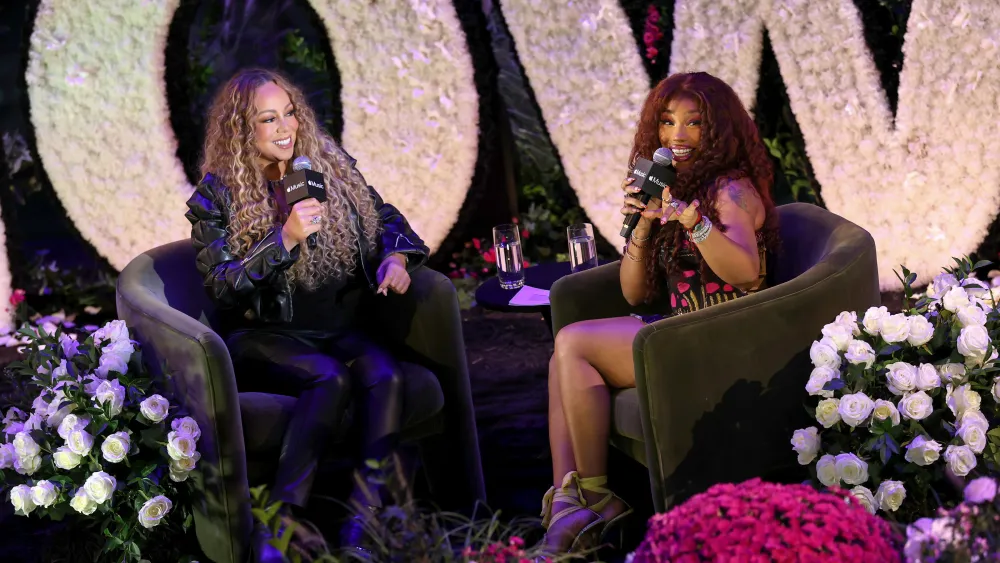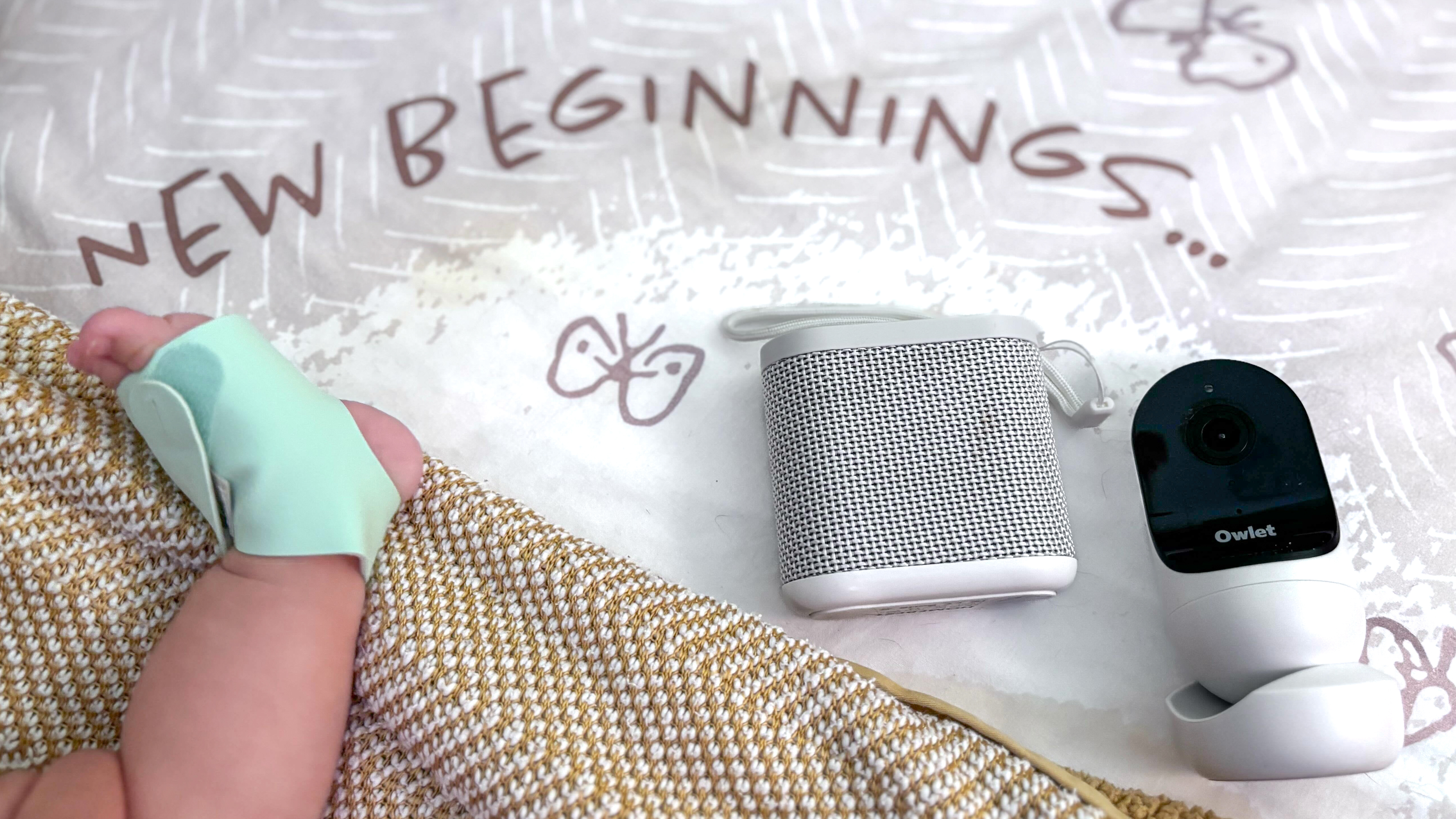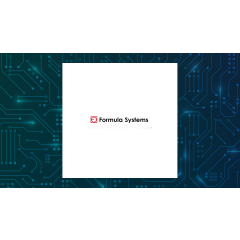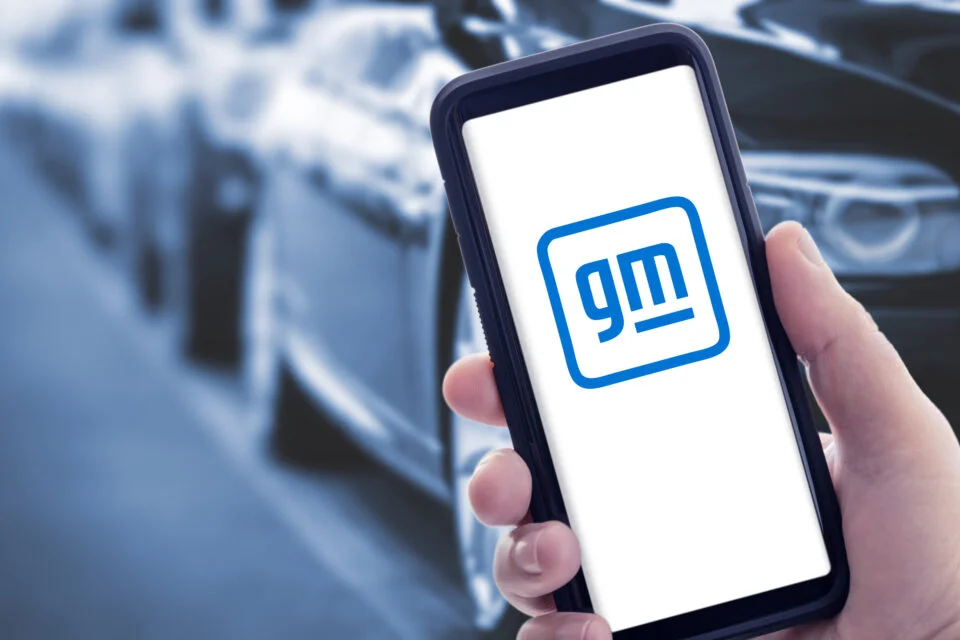
“Details,” says Gamma founder Larry Jackson as he bustles through the backstage hallways of Jazz at Lincoln Center in New York. “Details are everything: The lighting, the stage, the music, the questions, the flowers, everything.”
Indeed, “Flowers” is the name (and concept) of the new show Jackson conceived and oversees with Apple Music, which filmed and broadcast its first episode — live — on a flower-bedecked stage at Jazz at Lincoln Center last Wednesday, with Mariah Carey and SZA. That lineup would be a fantasy concert for many, but instead it’s a new music-related talk series, whereby an iconic artist is interviewed by a younger artist who is also a fan and thus is given their flowers. And as anyone who watched the livestream knows, the pair couldn’t have been better matched.
But at this moment, showtime is still an hour away and there are, yes, details to be attended to, nearly all of which seem to require Jackson’s attention. The most pressing is a problem with the Instagram Live stream. “See?,” he says, quickly dialing his cellphone. “There’s only so much you can delegate.”
When that phone call is done, he huddles with team members, going over the questions that they’ve prepared for the Mariah-SZA Q&A. He rattles off a couple more as a staffer writes them down, and then moves on.
Both artists are in their dressing rooms, with their managers and a dozen-odd team members each in attendance as well. Tables bearing flatscreens displaying multiple camera angles line the hallways as he bustles through. Someone shouts a greeting — “Larry!” or “LJ!” — approximately every 20 feet, followed by a hug, a handshake or both as Jackson stops briefly to say hello but barely breaks stride. He’s polite and remarkably calm — probably a quality he learned during his decade working for Clive Davis, with added seasoning from his years with Jimmy Iovine at Interscope and Apple (where he worked on projects with Drake, Lil Wayne, Kanye West, Swizz Beatz and Timbaland’s Verzuz and others) and his own Gamma company, for which he raised over $1 billion in funding — even as person after person comes to him with a question or an issue.
“How you doin’ Larry?,” a friend asks during a brief pause in the action.
“Chillin’,” he replies.
He’s not chilling for long. A dressing-room door opens, there’s the familiar bustle of security and handlers and others hustling out, and finally Mariah, resplendent in black leather that offsets her long blonde tresses, emerges, and the entourage moves like a single multi-headed creature through the hallways toward the stage area.
Several minutes pass as confusion and concern mount. Finally it becomes clear — Mariah was ready but SZA wasn’t. Carey and her team navigate the same route back to her dressing room.
“Give me a minute?” Jackson says, then ducks into one room and then another. Several minutes pass, the door to SZA’s room opens and, after her team clears the way, she emerges, looking stunning in a multi-colored dress, with her red-dyed hair cascading over her shoulders. She also looks nervous — and understandably so. Sure, she’s a veteran performer who just completed a 39-date stadium tour of North America and Europe, playing for as many as 75,000 people a night, and of course she’s been interviewed hundreds of times. But leading an interview with one of your idols before several hundred ride-or-die Lambs, and countless thousands online, is a new experience. SZA and her team make their way to the side of the stage and wait for Carey to return.
“We here, we here, we here,” her manager says as the Team Mariah pulls up moments later. Apple Music anchor Ebro Darden takes the stage, DJ D-Nice drops down the volume and Carey and SZA take the stage to roars from the rabid fans in the audience, who have been waiting outside all afternoon. Jackson hustles to his seat in the audience, dead center, behind the main cameras as the chat begins.
The talk is a rousing success, as the audience is treated to snippets of unreleased songs from Carey’s new album, “Here for It All” — her first for Gamma — her comments about them. SZA is an ace interviewer, asking not only informed questions that show her decades-long fandom, but also observations that only a fellow singer would hear. “Listen to her note selection!,” she marvels at one point as a song plays.
For a first show, the event ran remarkably smoothly; the only hiccup were the issues with the Instagram Live stream (which were never fully resolved). And it all came together in just two weeks.
After the event is over and Jackson does a lightning round of photos, hugs, handshakes and backslaps, he heads into Carey’s dressing room for about 15 minutes, and then SZA’s. He’s still in there when we leave about 20 minutes later.
“I’ve got a PhD. in Diva, man,” he tells Variety when we speak on the phone the next day.
When did you first have this idea?
September 9th! I was gonna do a concept called “Pound for Pound” — I wanted to do Mariah Carey versus Janet Jackson, and I wanted the two of them to sit down and go song-for-song with their greatest hits. But after speaking to some friends of mine, including Swizz Beatz — I’d already done Verzuz with him, so it felt redundant. But more importantly, I don’t know if we need another battle — the world is in such a divisive place. And I wasn’t really getting anywhere in the negotiations with Janet Jackson. Usually when things click, they click right away, you know?
I wanted to do something that felt reverential, and I got the idea after I saw SZA post — with a lot of excitement — that Mariah had talked about her as her favorite artist on Kai Cenac’s livestream. So [Gamma SVP of Visual and Creative Services] Alexa Dedlow, who is a brilliant creative genius, and I said, why don’t we do Mariah and SZA instead? I thought we could flip it into something reverential, because it seemed like SZA was very, very excited about the fact that Mariah Carey’s talking about her. So I reached out. I had the idea at like 3 o’clock in the morning, I just started thinking about flowers and giving people their flowers. That’s kind of the way the whole thing came about.
Was it born out of looking for different ways to promote Mariah’s new album?
No, actually. When I was at Apple, I did radio shows like “Queen Radio” with Nicki Minaj; “OVO Sound Radio” with Drake; “Blonde Radio” with Frank Ocean; Young Money Radio with Lil Wayne; “Verzuz” with Swizz and Timbaland; and Kanye and I did a bunch of things during the pandemic with livestreams from stadiums in Chicago and Atlanta to launch his “Donda” album.
So now that I’ve kind of moved to the other side of the table [as a label exec], I was envious, like, “Why don’t we have our own thing at Gamma?” But Gamma’s not a record label — it’s an ideas company, and it had been bothering me for a while that we didn’t have our own programs like that.
So I’m very happy about all of this, because it was an idea that we worked on around the clock, and to me, the idea truly delivered. And it goes even deeper than that, in terms of our diversification [as a company].
It’ll be announced next month, and I’m oversharing here, but we’re doing something really special in the technology space with Snoop. I’m not going to say what that is, but it’s going to be announced on October 15th in Vegas at a big conference for a company called CloudFlare, which is a big software company.
Snoop and I are doing a keynote there and we’re going to debut a piece of AI technology — I’ll be more specific about it on that day.
You said earlier that you want to do them once a month?
I can if I want to, but I’m in the middle of so many different things right now, from dealing with my investors to managing a company of 125 people, coming up with ideas like this. I just heard from somebody at a major label asking, “Can we get our artists to do the next episode?” Those are the calls that I wanted to get.
I want to make stuff that’s open-source for the business. I sit on the board of directors of an enterprise software company, ServiceNow — lots of Fortune 100 companies use its software, whether it’s IT, procurement, HR, etc. It’s creating these things for the world, and what we’re going to show in Vegas with Snoop is that too. We’re going to debut it over the next six months from a distribution perspective for Gamma Distribution, which is Vydia. These tools are meant to be used for other companies as well — like “Flowers” could be for other record companies to showcase and celebrate some of their legends, and have some of their new artists really you know be perceived in that light.
In the hours before “Flowers” started, it seemed like every 30 seconds someone was running up to you with an urgent question or a big hello. How do you juggle all this and still give everything the attention it needs?
Actually, I was late for this call because I was going over the first-hour numbers on Mariah and giving strategy with the album’s global rollout. But I’m pretty effective at time management, I’m good at juggling, and I’m also good at delegating. I’m working with A-plus, top-shelf, very talented people. Of course, what will happen will happen, and there’s always the possibility that something like that could be an absolute, unmitigated disaster. But I sleep well at night knowing [his team’s talent], and I’m also very, very hands-on.
I saw that when I was working for Clive Davis, because that’s how he was — down to “Turn the vocal up 3 dBs, it’s too low” or “I don’t like the single artwork.” Jimmy [Iovine] was the same way with Beats, picking out the shape and the color and the silhouette of the headphones and making the ads. I marveled at those guys and how they were able to do that, and that’s why they were very successful and those companies were very successful — because of the level of thoughtfulness put into it.
I think one of the things that’s really plaguing the record business now is this quantity mentality. There’s no detail, there’s no thoughtfulness, there’s no fucking taste. It’s like, “OK, let’s just put a wide net in the ocean and sign Lil JimJim from Tallahassee for 15 grand, take his rights in perpetuity,” and do that a million different times. Who the fuck is developing these artists? Who’s looking out for them? It’s just a commerce and quantity game. And that was never, ever the case with Clive Davis.
[Gamma] has a lot of artists that are all doing really well, and that excites me: Sexyy Red and Snoop and Usher and Moliy, who has the biggest song of the year from Africa. Mariah just put out her 16th album through us.
Apple is a huge company, how did you mobilize them to execute a very big idea in two weeks? Is it because you used to work there and knew who could get it done?
I’m friends with people all across the business, but Apple, of course, is my alma mater. I was negotiating with Amazon Music for “Pound for Pound,” but then I switched the idea — this wasn’t the idea that I told them about, and I may still do the “Pound for Pound” concept at some point.
But yeah, I got on the phone with Apple and said, “Hey, I have a series idea. I’ll pay for half and you can pay for half, because I want this to be a fair and equitable situation.” It’s important for me to pay for some of these things too, because I don’t want to be owned — it’s our idea, so therefore it’s our IP, and it’s important to be an equal steward of it all.
And I knew everybody there: Aaron Levine, who does the production — I worked with him on Young Money Radio, Verzuz and the three “Donda” livestreams, he’s an amazing talent — and [Apple talent and production execs like] Denise Williams Watts, Stephanie Fry, Danielle McDowell, Kelly Bales, Rachel Newman, Nick Fishbaugh, all of them, because they know me.
And they just gave me the reins. I talked with the talent; I booked the venue; the art direction — I came up with that with Mr. Flower Fantastic, who is amazing, by the way. I was sitting next to him during the show and I heard crickets at one point — and I said, “Are those crickets?” He said, “Yeah, I didn’t want to tell you, man, but I brought in crickets.” Everybody really rallied.
But yeah, for Apple to have a third party come in and say, “Just give me the canvas, I’ll show you the painting later” — they don’t work like that. Usually it takes six months to plan something on that scale with them — you have the conference call, then you have the meeting about the conference call, then you have the meeting about the conference call about the meeting, and then you do the deck about the conference call about the meeting about the conference call you just had (laughing), it’s all of that and more. But this is how you move with the speed of culture.



